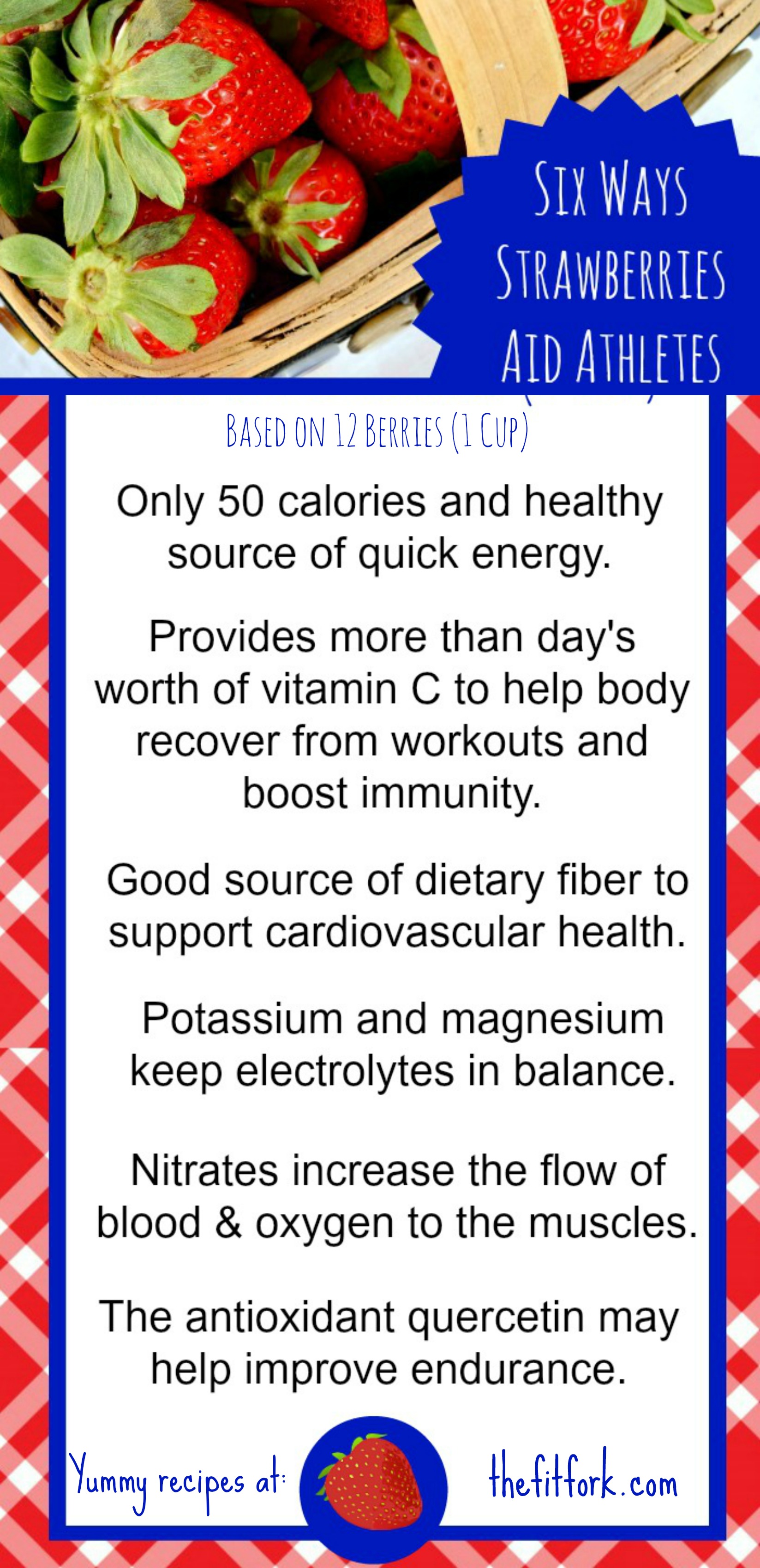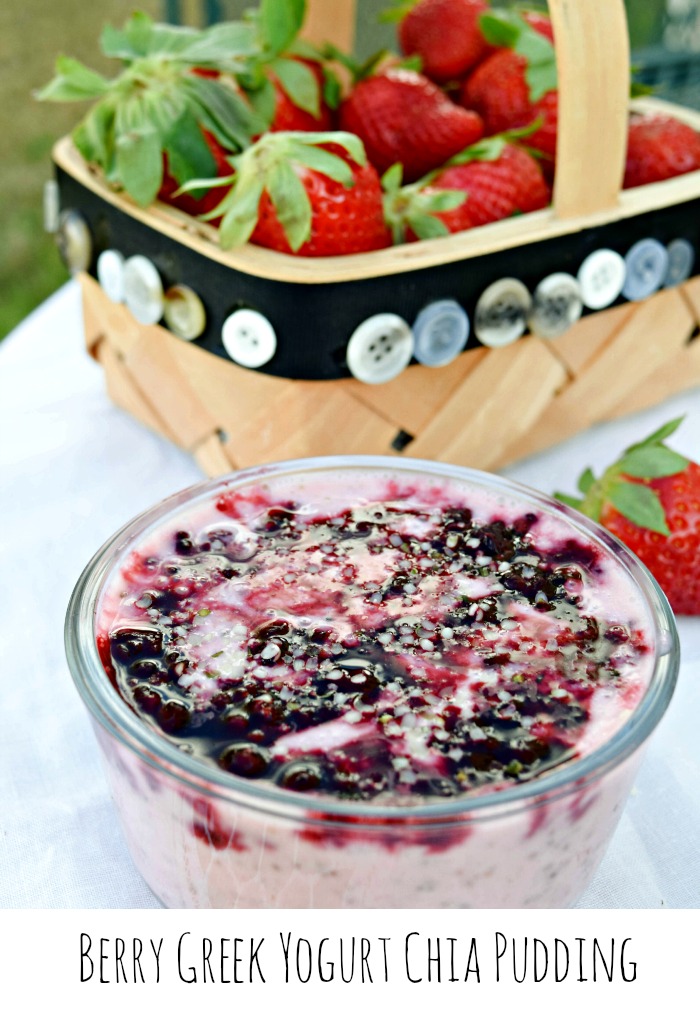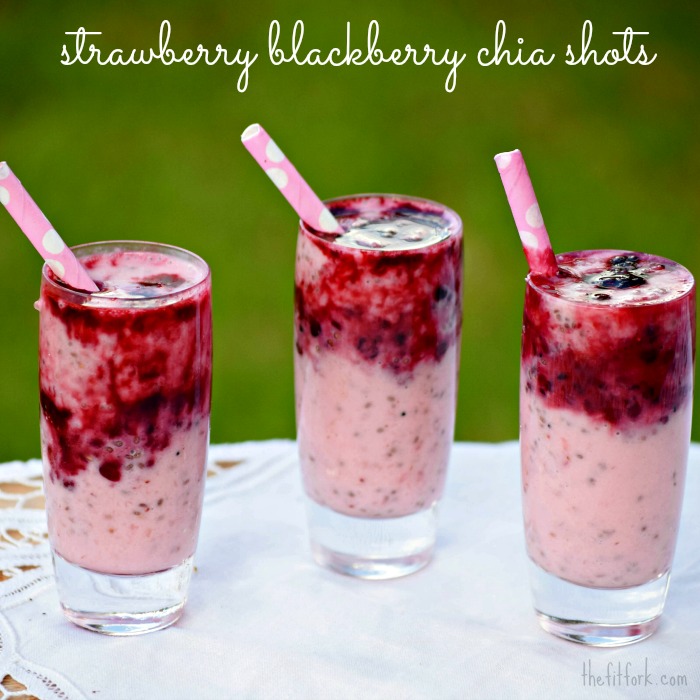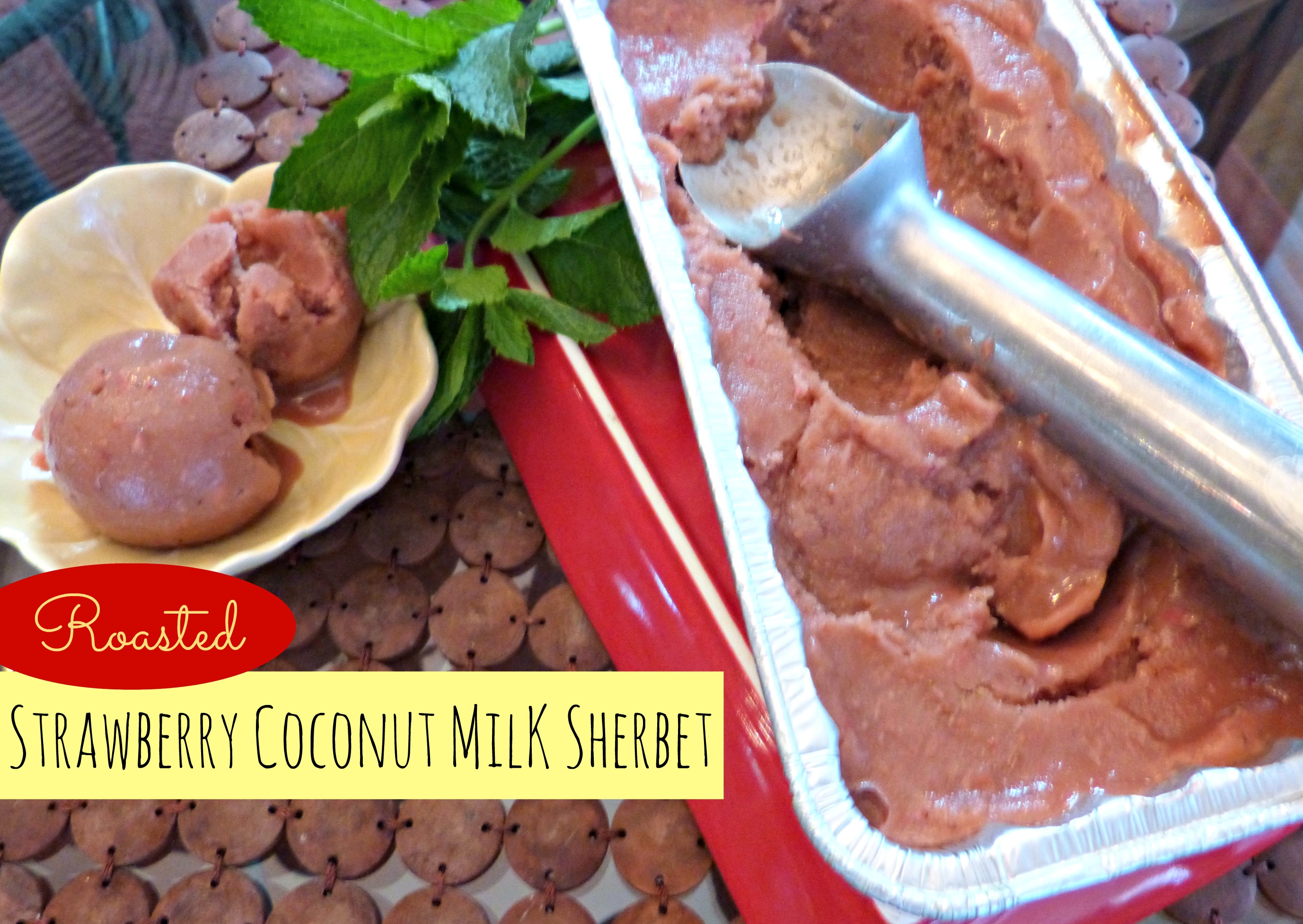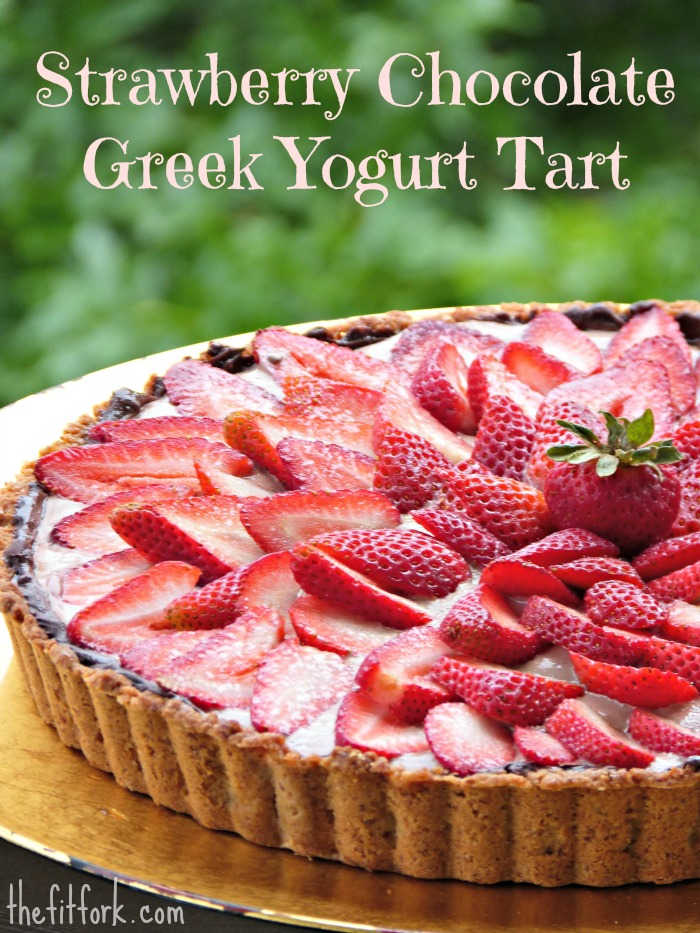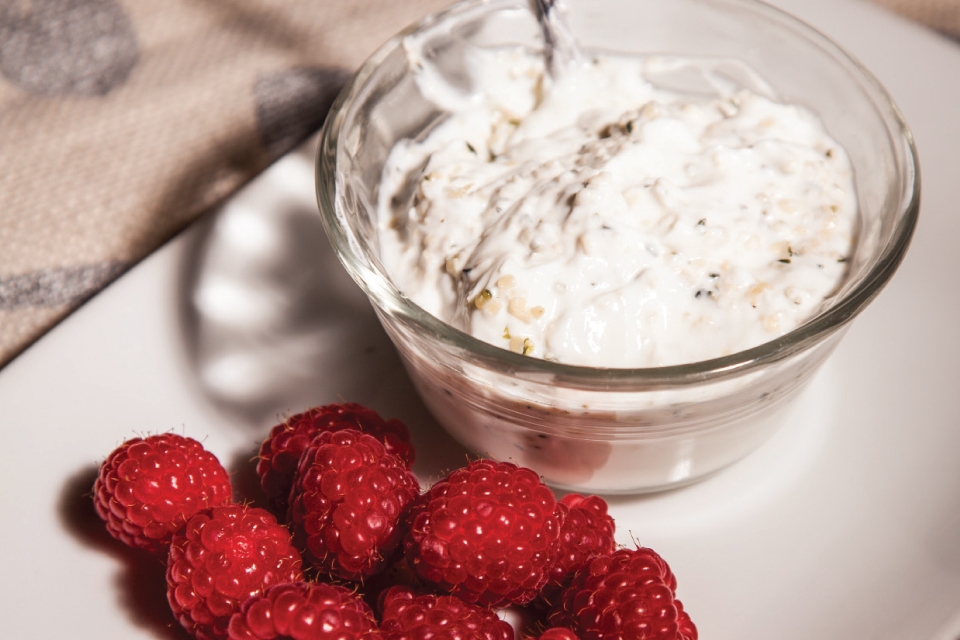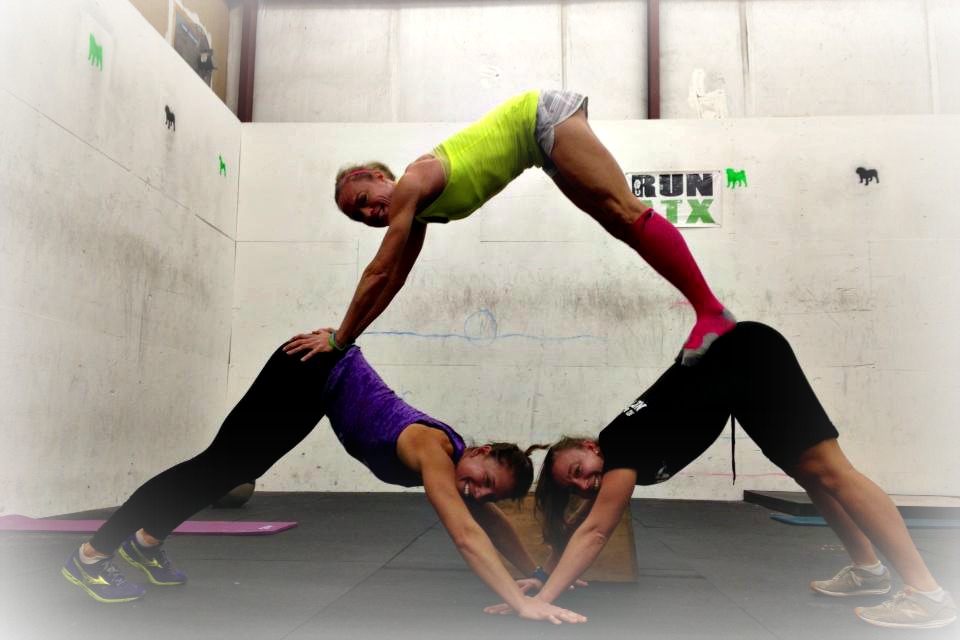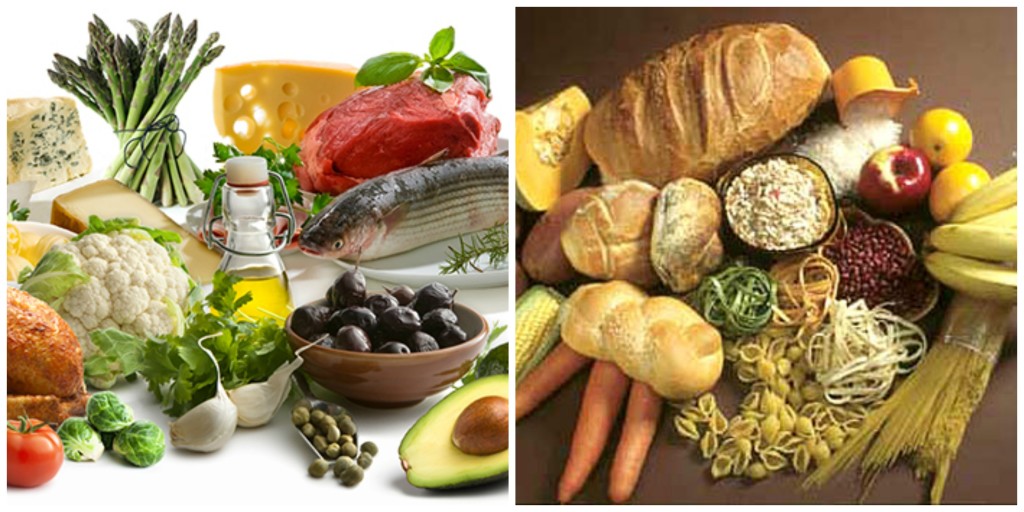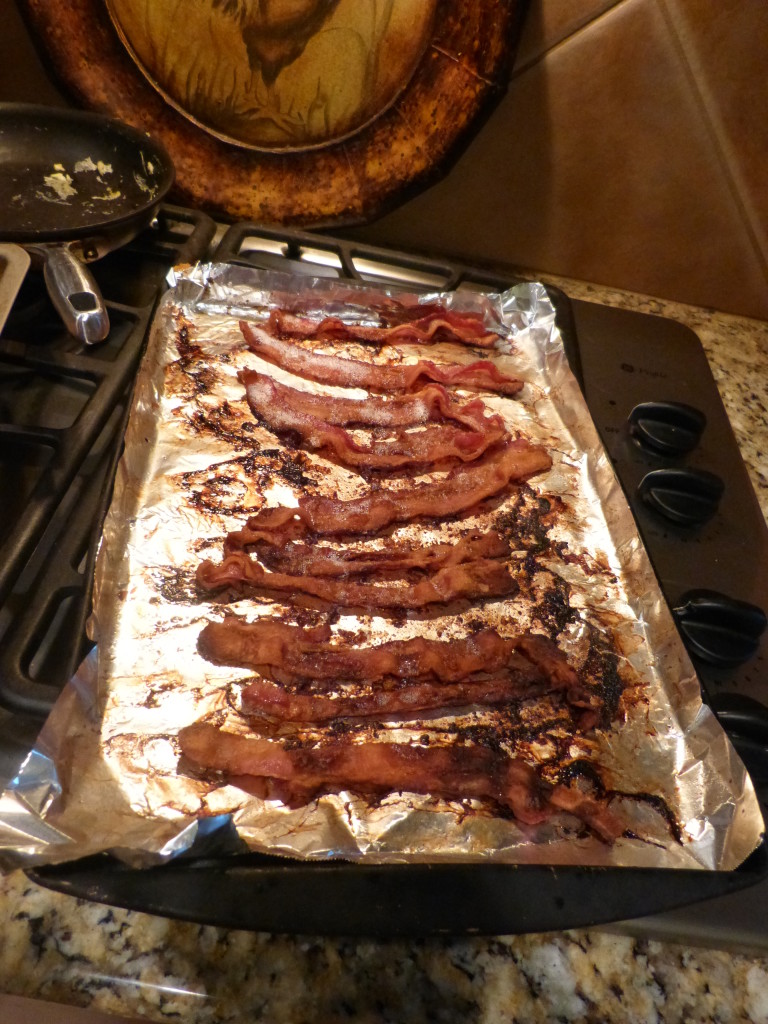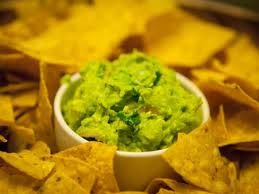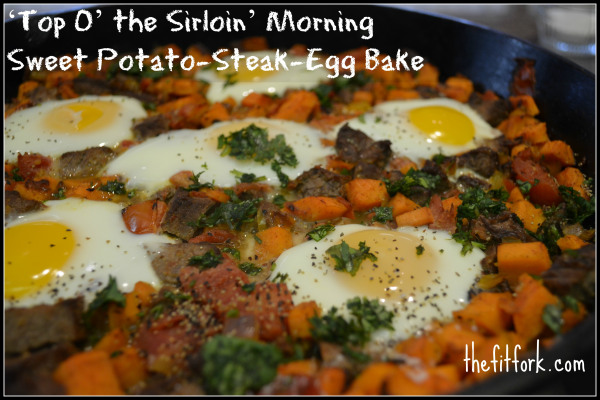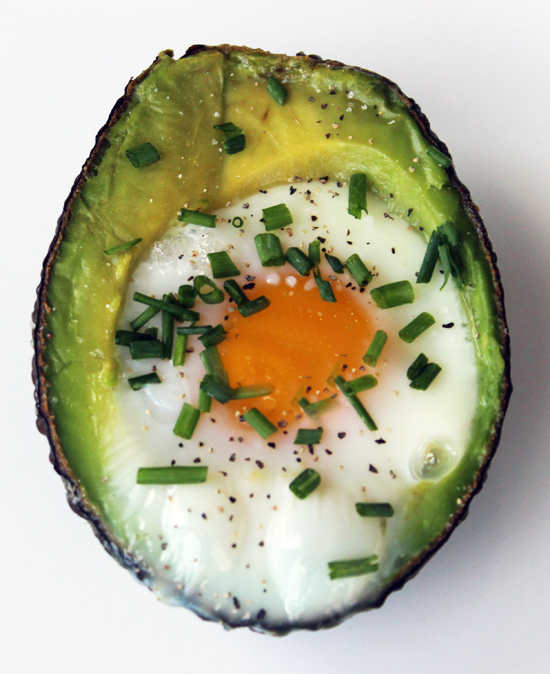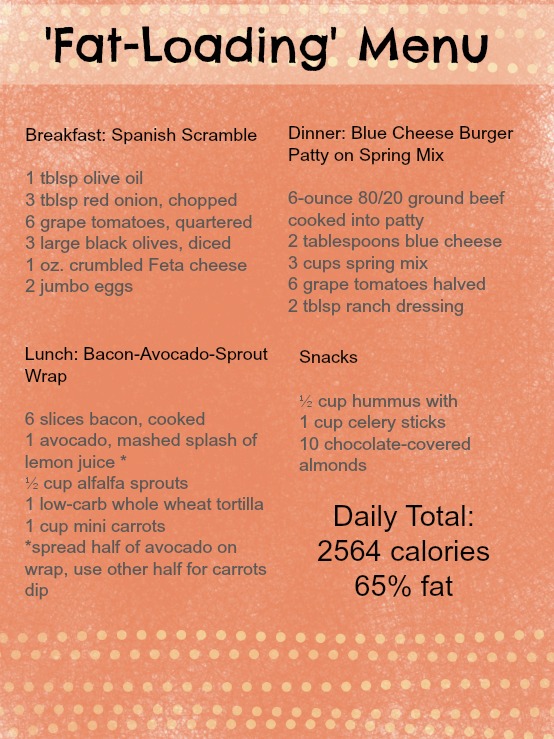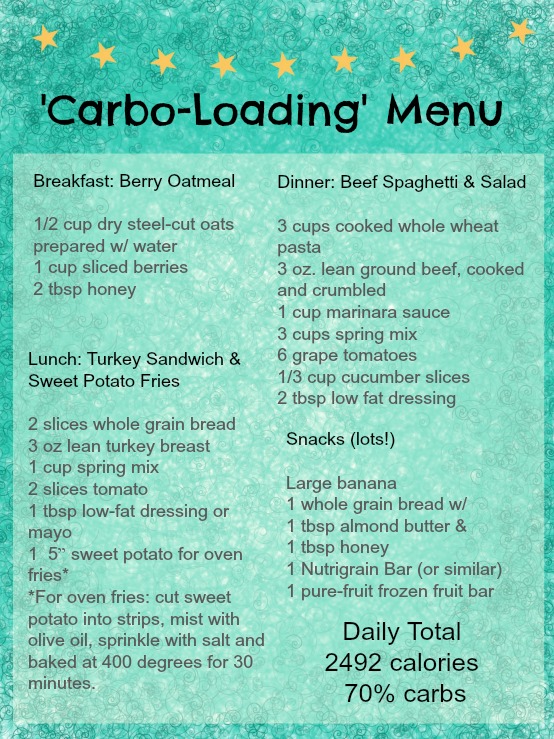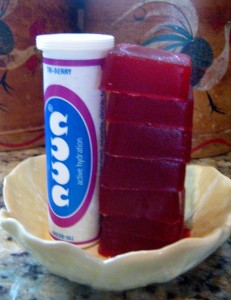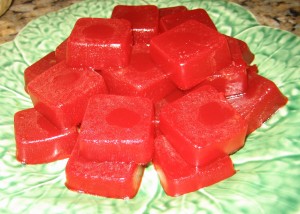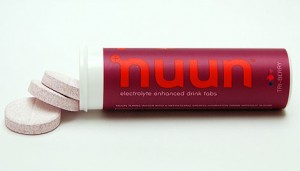Someday I will have a strawberry patch in my garden . . . I just need to work on getting that garden first! In the meantime, I’ll continue to visit my favorite produce departments and farmers’ markets, greedily buying up all the plump and pretty berries in my quest for the sweetest and juiciest picks of spring.
Strawberries are not only sweet-tooth satisfying; they are a superfood that should be part of an athlete’s training diet. I eat strawberries to keep my performance and recovery at a peak – here are the top six reasons why:
- An entire cup (about 12 medium berries) of strawberries has only 50 calories and serves as a source of quick energy thanks to healthy complex carbohydrates.
- A serving (one cup) of strawberries provides more than a day’s worth of vitamin C. This antioxidant offers a host of important benefits for athletes, including immune system protection and helping the body to recover and repair from intense workouts.
- The flesh and seeds of strawberries are a sensible source of dietary fiber, an important nutrient that keeps you from feeling hungry right away and also helps to keep digestion moving along. Fiber also helps to reduce cholesterol and lower blood pressure, according to many studies.
- Strawberries are a great source of potassium and magnesium, essential minerals that are lost through sweat. Runners and other endurance athletes (one hour of consistent exercise or more) require more of these minerals to keep electrolyte balances in check. These minerals are also good for bone health.
- Strawberries contain a compound called nitrate that has positive effects on blood flow and oxygen around the body. Some studies have shown nitrates can increase the flow of blood & oxygen to the muscles by as much as 7 percent. This can help prevent muscle fatigue, making exercise easier.
- Strawberries contain an antioxidant called quercetin . This plant pigment has been shown to play a role in heart health and the prevention of cardiovascular diseases. Some scientists studying exercise biochemistry suggest quercetin may enhance endurance and overall athletic performance by serving as an anti-inflammatory agent, improving mitochondrial (energy) function in cells, and boosting the central nervous system with a caffeine-like jolt.
So, enough about how strawberries can benefit runners and other athletes and on to the yummy stuff — strawberry recipes! I recently made a quick and easy recipe for Strawberry Blackberry Greek Yogurt Chia Pudding and Shooters for Litehouse Foods. This healthy recipes work as a sustaining breakfast, sensible dessert or nutritious post-workout snack – in addition to the goodness of strawberries, this “pudding” is packed with chia seeds and Greek yogurt for an extra punch of protein.
For the Strawberry Blackberry Chia Shots, all you do is thin the recipe down with a little extra milk (2%, coconut, almond, soy, etc). It’s a refreshing alternative to a smoothie!
And, speaking of refreshing, how about a scoop of Roasted Strawberry Coconut Milk Sherbet on a warm spring day?
My Strawberry Greek Yogurt Tart (with Paleo Chocolate Crust) has always been a big winner in the spring and is a gorgeous addition to an Easter dinner, graduation or other special celebration.
What is your favorite way to eat strawberries?

